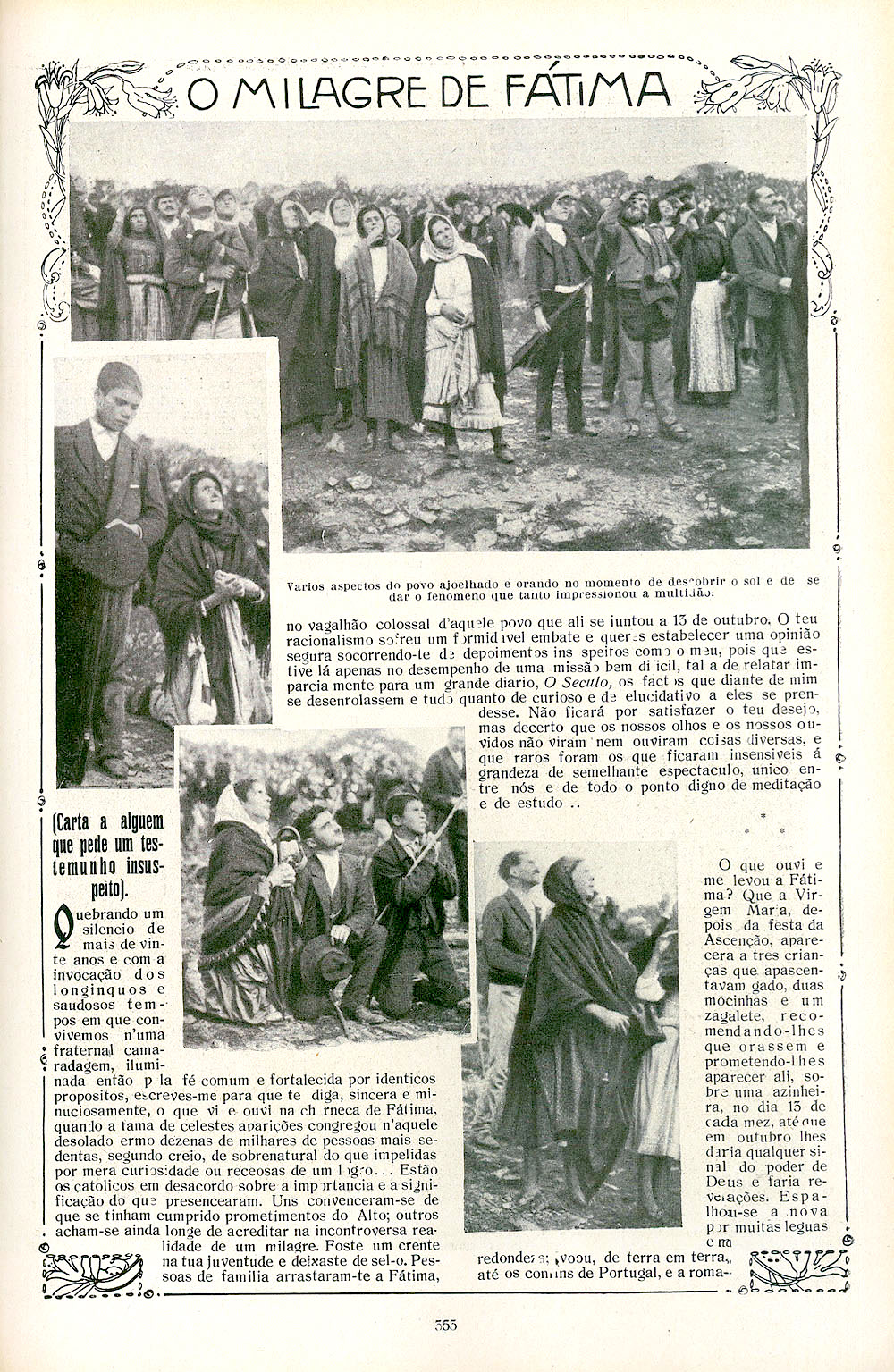In 1979, the portrait of Our Lady of Guadalupe underwent a searching scientific study by Dr. Philip Callahan, a research biophysicist at the University of Florida. One of the methods used was to photograph it extensively in infra-red light, which is a recommended technique for the critical study of old paintings. He found evidence that some minor decorations such as the sunburst around Mary, which is clearly cracking and fading, were added after the original. In confirmation, the sunburst does not appear in early representations of the image in indian picture writing. But with every aspect of Mary’s face and form, the conclusion was quite different, and I quote:
"The mantle is of a dark turquoise blue… This presents an inexplicable phenomenon because all such pigments are semi-permanent and known to be subject to considerable fading with time, especially in hot climates. The Indian Mayan blue wall paintings are already badly faded. The blue mantle, however, is bright enough to have been laid last week.
The most remarkable feature of the robe is its remarkable luminosity. It is highly reflective of visible radiation yet transparent to the infared rays… As in the case of the blue mantle the shadowing of the pink robe is blended into the paint layer and no drawing or sketch is evident under the pink pigment…
The pink pigment appears to be inexplicable… One of the really strange aspects of this painting is that not only is the tilma not sized, but there is absolutely no protective coating of varnish. Despite this unusual total lack of any protective overcoating, the robe and mantle are as bright and colored as if the paint were newly laid.
The head of the Virgin of Guadalupe is one of the great masterpieces of artistic facial expression. In subtleness of form, simplicity of execution, hue and coloring it has few equals among the masterpieces of the world. Furthermore, there are no portraits that I have ever observed which are executed in a similar manner…
One of the truly marvelous and inexplicable techniques utilized to give realism to the painting is the way that it takes advantage of the unsized tilma to give it depth and render it lifelike. This is particularly evident in the mouth, where a coarse fiber of the fabric is raised above the level of the rest of the weave and follows perfectly the ridge at the top of the lip. The same rough imperfections occur below the highlighted area on the left cheek and to the right and below the right eye. I would consider it impossible that any human painter could select a tilma with imperfections of weave positioned so as to accentuate the shadows and highlights in order to impart realism. The possibility of chance is even more unlikely… The black of the eyes and hair cannot be iron oxide or any pigment that turns brown with age for the paint is neither cracked nor faded with age. The truly phenomenal thing about the face and hands is the total quality which is as much a physical effect from the tilma as it is from the paint itself.
I’ll reply to the OL of Fatima post next time.

